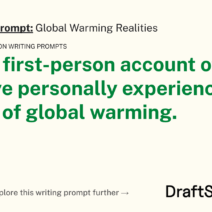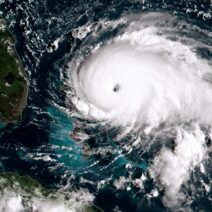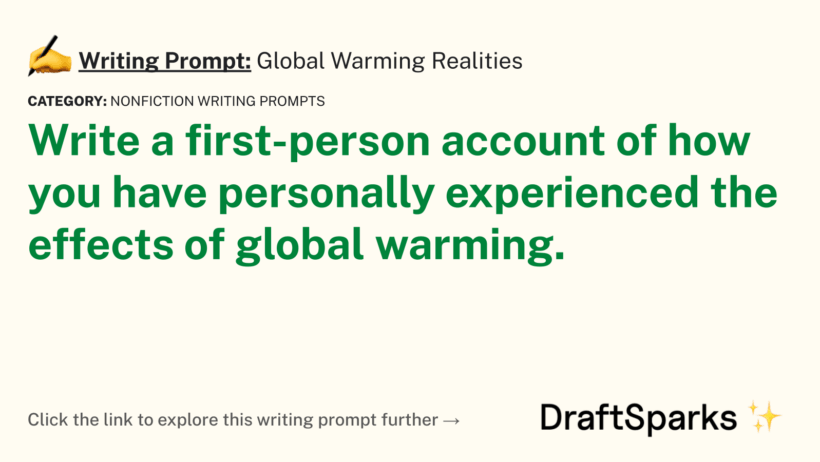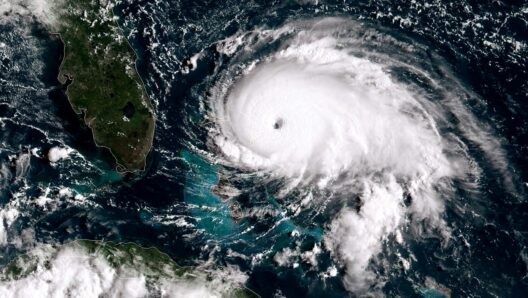In an era marked by unrelenting climate shifts, the daily realities of life in the United States reveal a tapestry woven from the threads of adaptation to global warming. From coastal cities grappling with rising sea levels to farmers contending with shifting agricultural zones, the human story is one of resilience, innovation, and sometimes, desperation. This article delves into a comprehensive exploration of how individuals and communities across the nation are responding to the multifaceted challenges posed by climate change.
Understanding the Context of Climate Change
Climate change is not merely an abstract concept relegated to scientific discourse; it is a pervasive reality that shapes everyday life. The Intergovernmental Panel on Climate Change (IPCC) underscores that human activities, particularly the burning of fossil fuels, have led to a significant increase in atmospheric greenhouse gases. This has resulted in temperature spikes, extreme weather events, prolonged droughts, and intensified hurricanes, all of which demand immediate and strategic adaptations.
Coastal Communities: Rising Tides and Resilient Strategies
In the coastal regions of the U.S., particularly in states like Florida, New Jersey, and California, residents are confronted with the harrowing reality of sea level rise. Communities are experiencing flooding with increased frequency and intensity. The threat to infrastructure is apparent. To combat this encroachment, some local governments have developed innovative solutions. The implementation of ‘living shorelines’—natural constructions utilizing native vegetation—demonstrates a shift towards sustainable resilience. These interventions not only protect against erosion but also enhance biodiversity, providing habitats for marine life and improving water quality.
Moreover, urban planners are investing in elevated structures and redesigning drainage systems to withstand heavy rainfall. Cities are rethinking zoning laws to restrict development in high-risk areas. Such actions reflect an emergent understanding of the need for both adaptation and mitigation strategies to safeguard affected communities and preserve local economies.
Agricultural Adjustments: A Farmer’s Dilemma
In agrarian regions, climate change has compelled farmers to reexamine their traditional practices. Fluctuations in weather patterns have led to unpredictable growing seasons, with many farmers facing the risk of crop failures. For example, the Midwest is experiencing erratic rainfall patterns, affecting soybean and corn production. In response, progressive farmers are diversifying their crop portfolios to include drought-resistant varieties. This not only mitigates risk but also promotes soil health and reduces dependence on chemical fertilizers.
Additionally, advancements in agricultural technology have provided farmers with tools to enhance resilience. Precision agriculture, which employs sensors and data analytics, enables informed decisions about irrigation and crop management. This approach maximizes efficiency and reduces resource wastage, embodying a commitment to sustainable practices.
Urban Landscapes: Green Infrastructure
As cities expand and populations grow, urban environments are undergoing significant transformations to combat the urban heat island effect and manage stormwater runoff. Green infrastructure initiatives such as green roofs, permeable pavements, and urban parks are proliferating in cities like New York and Chicago. These developments serve dual purposes: they alleviate the burden on traditional drainage systems while providing recreational spaces for residents.
Cities are also increasingly recognizing the importance of trees in urban landscapes. Tree canopies provide shade, improve air quality, and lower temperatures. Urban forestry programs are being instituted, fostering community involvement in tree planting and care. Such grassroots efforts not only enhance urban aesthetics but foster a sense of environmental stewardship among residents.
Community Resilience: Grassroots Movements
The fight against climate change is not solely reliant on governmental policies or corporate initiatives; grassroots movements are emerging as powerful conduits for change. Communities band together to form local climate action groups, advocating for sustainable practices, clean energy initiatives, and social equity in climate solutions. A notable example is the rise of community solar projects, which allow residents to subscribe to shared solar arrays, making renewable energy more accessible.
These movements disseminate awareness about the impacts of climate change and foster civic engagement. Local workshops, educational programs, and community meetings empower individuals with knowledge, encouraging them to make sustainable choices in their daily lives. From urban gardening initiatives to litter clean-up drives, the involvement of citizens underscores the collective responsibility toward environmental stewardship.
Policy and Governance: A Collective Approach
Effective adaptation to global warming requires cohesive governance structures. The role of local, state, and federal governments is critical in crafting comprehensive climate action plans that encompass mitigation and adaptation strategies. Policymakers are beginning to incorporate climate resilience into the fabric of urban planning, ensuring that legislative frameworks reflect the urgency of the climate crisis.
Climate adaptation strategies such as building codes, land-use planning, and disaster response protocols are being revisited and revised to reflect current climate scenarios. Funding opportunities for climate initiatives are also expanding, enabling research and development in sustainable technologies and infrastructure improvements.
A Call to Action: The Future of Living with Climate Change
In concluding, the narrative of human adaptation to global warming in the United States is both diverse and complex. From coastal communities to rural farmlands and urban centers, the need to adapt is universally acknowledged. Changing climate conditions compel a response that is rooted in innovation, collaboration, and a commitment to sustainability. Future generations will look to the choices made today—be they technological, legislative, or collective—as they continue to confront the realities of a warming planet.
The imperative is clear: action must be taken now. Every decision, policy, and project can contribute to a more resilient future. By fostering a culture of adaptation, the spirit of resilience will endure, ensuring the stories of individuals facing climate challenges are testament to human ingenuity and perseverance.






